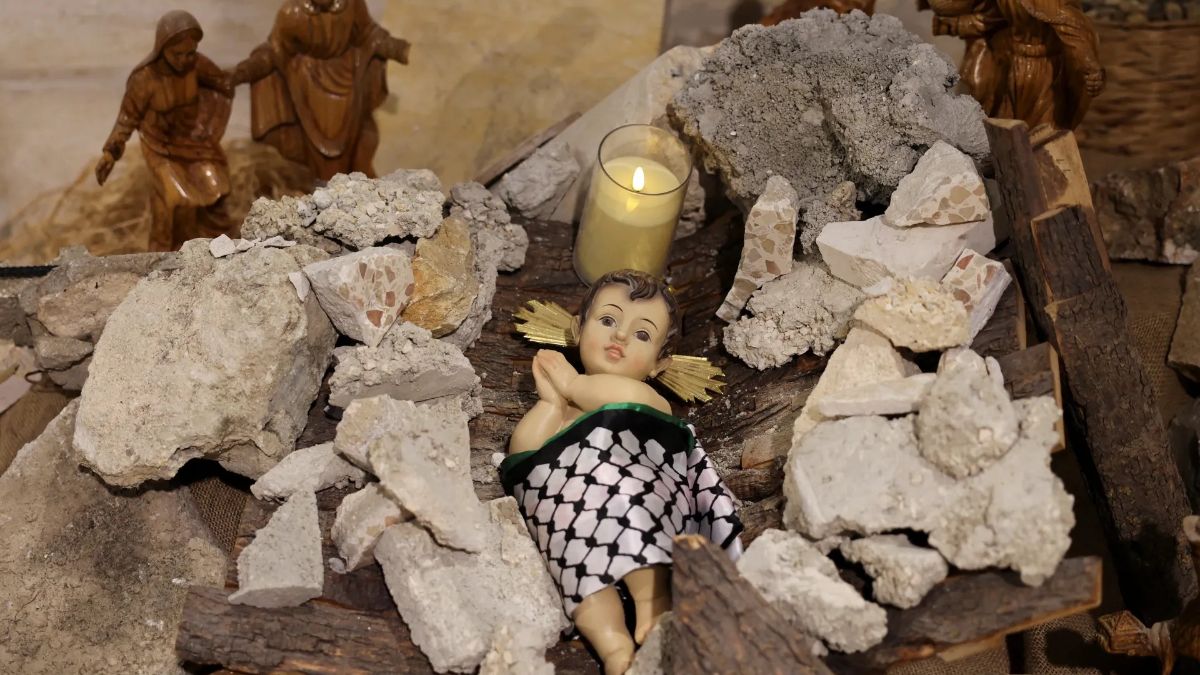Children of the Resurrection
"Now he is not God of the dead, but of the living, for all live to him."
Luke 20:27-38
November 4, 2016, Words By: Joel Van Dyke, Image By:
The Gospel not only empowers us to see, but to see from a particular vantage point-through the unconstrained eyes of a child. It is an invitation to see from within the reality of the resurrection.
Jesus is now in Jerusalem. On the way, he stops to weep over Jerusalem before taking time to cleanse the temple. He then engages in a series of controversies with Jewish leaders who are attempting to usurp his authority. At first, they tried to do this by confronting the source of his authority. Later, they turn to the matter of paying tribute to Caesar. In our text this week, they utilize yet another angle-a question about the resurrection of the dead.
Neither this question, nor the preceding ones, is launched from a place of genuine, altruistic motive. The goal, rather, is to trap Jesus-to compromise his authority and sow seeds that inflame rivalry. The Sadducees are baiting Jesus with an impossible “what if” question. Anyone who has been targeted by similar religious questions-the kind raised by persons with no intention of being influenced by the answers-can empathize with the frustration of Jesus’ situation.
The questions come from religious leaders whose vision is limited. The Sadducees, “those who deny that there is a resurrection,” are trapped in a two dimensional world. In comparison, Jesus sees from a three-dimensional reality. Thus, he responds by contrasting life in this current age with life in the next. Marriage, he says, is necessary for the current age because mortality necessitates the need to perpetuate life. There is another age to come, however, and those who live life from the vision that springs out of that dimension are “children of the resurrection.”
What starts out a question about marriage moves to an image of childhood. Children do not see life through a vision constrained by adult concerns such as marriage, preoccupations with legacy, or the violent pursuit of possessing one another as property for selfish ambition. It seems that Jesus is using the simplicity of childhood as a descriptor for what seeing life from the dimension of the resurrection is like.
Whatever the nature of the age to come, there is invitation to a different way of relating that sets us free from “owning” or “grasping” one another. It is the gift of relationship without ownership. From two-dimensional reality, the woman in this text is a piece of property to be owned and manipulated for the benefit of the seven men. In the three dimensional reality of life lived in the reality of resurrection, there is liberation from the need to “grasp” or “possess” the other.
Seeing the resurrection requires a second look. Jesus says we gain that vision when we look through the eyes of a child and thus become “children of the resurrection.” It takes a while for our eyes to adjust to the light of the resurrection but when they do, all of life looks radically different. In this sense, it is not so much seeing something that did not exist before, but seeing an old thing in a new way through a new lens. Such is the miracle of gospel sight-to see what has always been there in such a radically new way that it becomes a new thing. Easter eyes are young eyes.
Robert Barron captures something profoundly important for us at Street Psalms in his book “And Now I See: A Theology of Transformation.” He writes,
“Christianity is, above all, a way of seeing. Everything else in Christian life flows from and circles around the transformation of vision. Christians see differently, and that is why their prayer, their worship, their action, their whole way of being in the world, has a distinctive accent and flavor.”
The Gospel not only empowers us to see, but to see from a particular vantage point, through the unconstrained eyes of a child. It is an invitation to see from within the reality of the resurrection. It might be the greatest invitation we ever receive…regardless of our age.
Joel Van Dyke
Director, Urban Training Collaborative
Guatemala City



